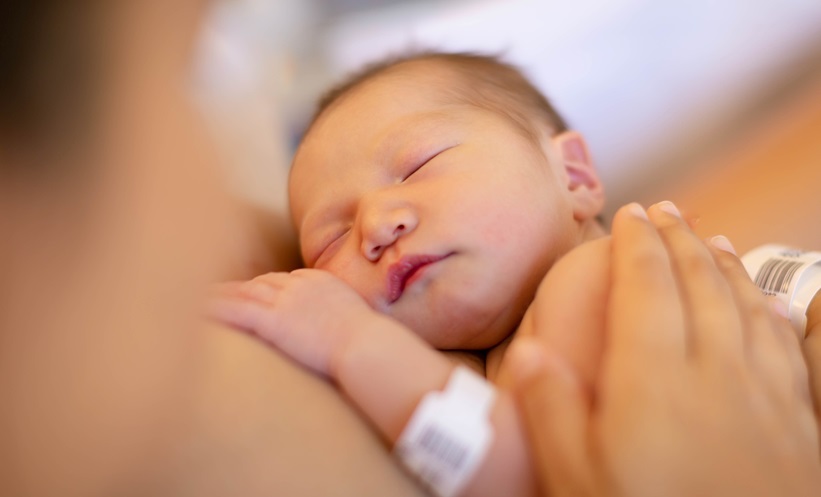SKIN-TO-SKIN contact during hospital stays gives very preterm infants an important boost in key aspects of brain development, according to new research. Longer and more frequent sessions were linked to stronger growth in regions crucial for stress and emotional regulation.
Infants Benefit from Early Caregiving
Infants born before 32 weeks are vulnerable to developmental challenges, and early experiences can shape long-term health. In a recent study, 88 infants received daily skin-to-skin care, also called kangaroo care, while in hospital. Researchers found that these caregiving moments supported more robust white matter development, even after accounting for socioeconomic factors and family visits. This highlights how vital thoughtful interaction is in a premature infant’s first weeks.
Tracking Brain Changes in Infants
Participants had an average hospital stay of two months and typically received around 24 minutes of skin-to-skin care per day, with sessions lasting about 70 minutes. MRI scans just before discharge showed that infants with longer and more regular skin-to-skin contact displayed changes in brain pathways supporting attention, memory and emotion regulation. Meaningful associations were found in the cingulum and anterior thalamic radiations, with longer sessions linked to higher mean diffusivity and lower fractional anisotropy – markers of healthy white matter development. These links held true regardless of gestational age or family background and remained after excluding cases with white matter injury.
Implications for Care of Infants
The study adds to growing evidence that experiences in the hospital set a foundation for an infant’s brain health. For clinicians and parents, encouraging skin-to-skin contact is more than bonding; it may foster the growth and resilience of infants’ brains, particularly those born preterm. As single-centre data, more research will help define best practices, but for now, regular skin-to-skin moments could make a lasting difference.
Reference
Travis KE et al. Skin-to-skin holding in relation to white matter microstructure in infants born preterm. Neurology. 2025;105(8):e214138.






